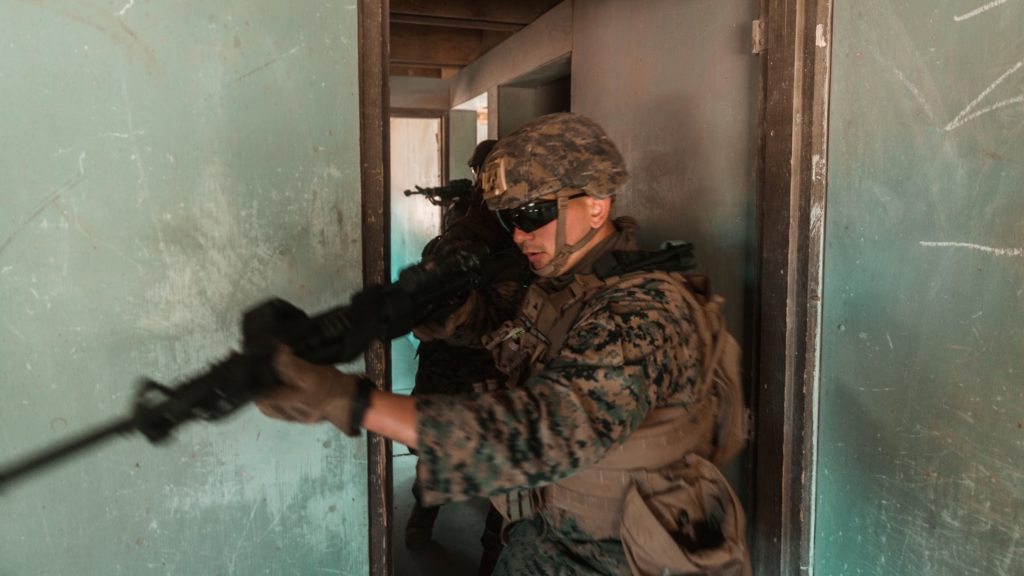
The Evolution of Plate Carrier Technology: From Flak Jackets to Modern Systems
As an essential piece of gear for military and law enforcement personnel, plate carriers have undergone a significant evolution since the days of flak jackets. The development of plate carrier technology has contributed to the protection and survivability of those who wear them in high-threat environments. In this blog, we’ll take you on a journey of the evolution of plate carrier technology and how it has advanced to modern systems.
The flak jacket, developed in the 1940s, was a heavy vest made of ballistic nylon that offered limited protection from shrapnel and debris. The jacket was bulky, and uncomfortable, and offered little protection against bullets. During the Vietnam War, American troops utilized an updated version of the flak jacket known as the M-1952A. Although there was some improvement compared to the original design, they were still unable to provide adequate ballistic protection.
The development of body armor didn’t stop with the flak jacket, though. During the early 1970s, ceramic plates were introduced and soon integrated into body armor, providing much stronger protection to the wearers. These plates were composed of boron carbide and were a significant improvement over the previous steel plates that were commonly used. This was a crucial development, as these new plates were protected from high-powered rifles and other weapons.
The 1980s and early 1990s saw significant improvements in plate carrier technology. Kevlar became the go-to material for body armor, replacing the previous heavy ballistic nylon material. These updated vests were more form-fitting, providing a better fit for the wearer and increased comfort for extended periods of wear. Furthermore, the armor plates became smaller, lighter, and more mobile, allowing the user to move more freely without reducing their protection.
With the advent of modern technology, plate carrier technology continued to evolve. In recent years, advanced materials, including carbon fiber and Dyneema, have been integrated into plate carriers and have resulted in vests that are lighter and stronger than ever before. It’s now possible to create plates that are strong enough to stop not only handgun rounds but also rifle rounds. In addition, new materials such as foam padding and mesh have enhanced the comfort of modern plate carriers, making them much more comfortable for prolonged use.
Today’s plate carriers offer a range of features, including MOLLE compatibility, hydration packs, and quick-release mechanisms for rapid removal during an emergency. They are also highly adjustable, with options like adjustable shoulders and cummerbunds to provide a better fit to each individual and distribute the weight of the plates evenly across the wearer’s body.
Plate carrier technology has come a long way since the days of the flak jacket. The introduction of ceramic plates was a turning point, and since then we’ve seen a significant evolution in the materials and design of plate carriers with the use of lightweight and strong fabrics. Body armor has become more effective against increasingly powerful weapons, and plate carriers now come with features that offer better comfort, adjustability, and a range of customizations. These advancements have enhanced the survivability of the user, making them better prepared and equipped to tackle high-threat scenarios.
For more great articles, click here.